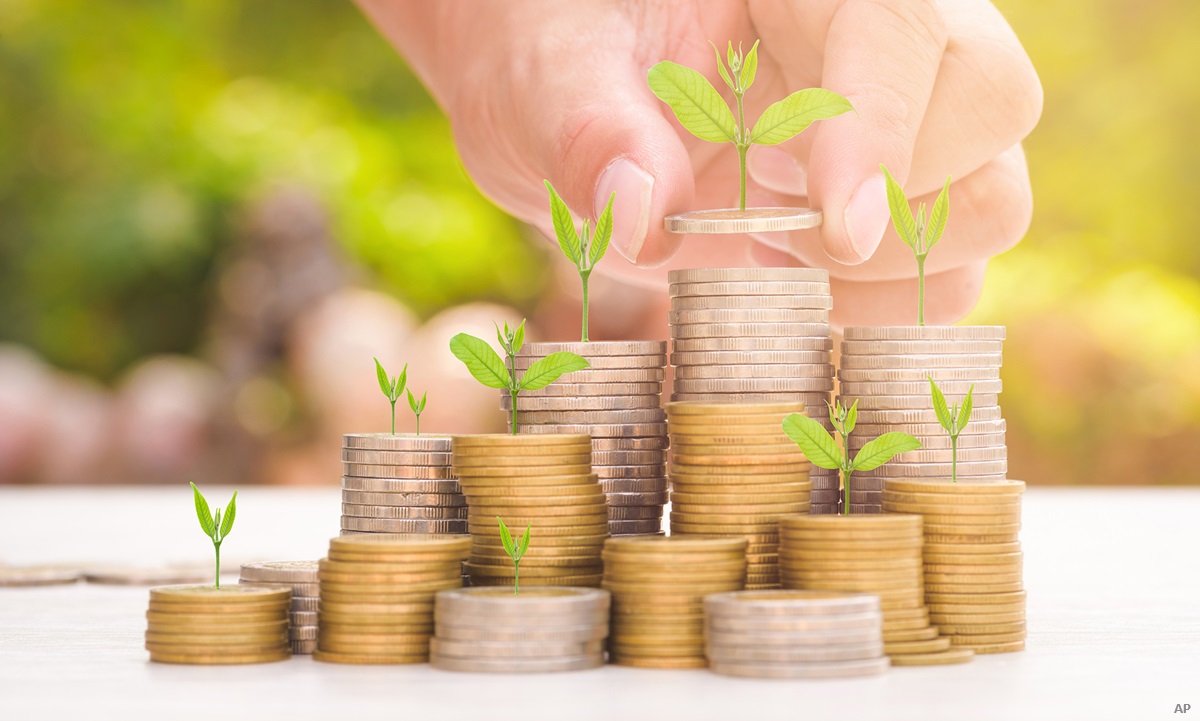
Editor's note: Read the latest on how the coronavirus is rattling the markets and what you can do to navigate it.
In the face of today’s coronavirus influenced market, value-based investment managers have a different perspective on the plummet in stocks prices. Luiz Sauerbronn, a portfolio manager and director of investments at Brandes Investment Partners in San Diego, California, did not waiver from his core philosophy, despite a decade of being out of favour. Maintaining the discipline has earned a Bronze-rating for the Brandes Canadian Equity Series F mandate.
“The last 10 years in particular,” says Sauerbronn, “have been very tough for value investors like us. I guess I’m optimistic in what we’re able to invest in today; some good companies are available at attractive prices. I’m excited because everything is on sale!”
A valuable new beginning
Sauerbronn’s optimism is grounded in the Benjamin Graham value approach of seeking sound companies that are out of favour because of market conditions or short-term influences on a business. The global, long-tenured research team includes 24 analysts and more than 30 research associates.
The bottom-up, patient approach characteristically looks for companies with an “internal margin of safety” of a 33% discount to what is believed to be the intrinsic value of a business, or a 50% upside. Those parameters can vary with a lower discount or lower margin of safety depending on the market environment and upside potential.
According to Sauerbronn, the discrepancies between the growth end of the investment spectrum and the value end of the spectrum are very high today. Yet the fundamentals of those companies are not so different now.
For example, you can buy the value end of the spectrum, with fundamentals like cash flow yield or dividend yields that are quite compelling compared to the growth-end of the spectrum. The fundamentals of a company can be one of the catalysts that create buying opportunities in a market correction.
“We’re thinking long-term,” says Sauerbronn. “Whatever happens with this coronavirus, Canada will still be around, businesses will be around, and there will be a recovery at the other end. I think it’s more relevant if you invest in a company with a lot of financial leverage; you need to survive it. Some companies will not be around but if you have confidence in the business, the stability of the franchise, it can be a great opportunity to buy more of it at a lower price.” Because the uptick of opportunity is difficult to predict, the focus tends to be on a five-year investment horizon, but it varies with market conditions.
Names on sale
An example is Sierra Wireless (SW), an internet service company based in British Columbia, among the top 10 holdings. “We’ve bought and sold Sierra Wireless and bought it again,” says Sauerbronn, “about six or seven times in the last 15 years, and we’ve done very well. Actually, it’s been down quite a bit lately, so we’ve been increasing our position again.”
Corby Spirit & Wine (CSW.A), an Ontario-based company, is another favoured company among the top holdings. Cyclically, consumer staples is not an area where the managers are finding a lot of opportunities but Corby Spirit & Wine differs. “It’s a very defensive business,” says Sauerbronn, “with some good Canadian brands and some outside of Canada. The company has a pristine balance sheet, pays a hefty dividend, is a good cash story, and is very stable.” It’s not super cheap, the multiples are in the mid-to-high teens, but the environment is seen as favourable. “This sector tends to be a bit counter-cyclical but people tend to drink more in the hard times,” he adds.
Among the portfolio’s 11% weighting in the financial sector, E-L Financial Corp (ELF), an Ontario-based, non-life insurance company, represents a 7% weighting. “The company has about 40 years of growing value per share,” says Sauerbronn, “at about a 10% rate, so very reasonable, and we’re buying at a very low multiple. And the track record of allocating capital is also very good.”
Differing from many Canadian equity peers, the mandate has held zero exposure in the Canadian banks for almost seven years. According to Sauerbronn, the Canadian banks are very good franchises, and well run, but they are trading at very high multiples. Household debt is also a big concern.
In the energy area, Saskatchewan-based Cameco (CCO), reflects risk measures in the sector. “Cameco has nothing to do with oil prices,” says Sauerbronn, “it’s really about uranium. We are in a period where the commodity (uranium) price is being sold below the cost of production. The company is the second largest player in the world, they are well positioned for growth, and have a good balance sheet to survive.”
The global strategy and risk metrics of the portfolio are illustrated in the top weighting of approximately 30% in Brandes Global Equity Fund Class I. Additional risk measures include the whole spectrum of small, medium, and large-cap companies.
In positioning the fund, Sauerbronn believes that Canadians should be aware of how similar many mutual funds are, whether passive or active or both. “When you look at many of the big Canadian funds,” says Sauerbronn, “their biggest exposures are in the banks and in energy, so you’re not really diversified. When you’re buying from Brandes, you’re buying something different. It may not be for everybody, but I think it would be a fairly good compliment to diversify your portfolio.”




















